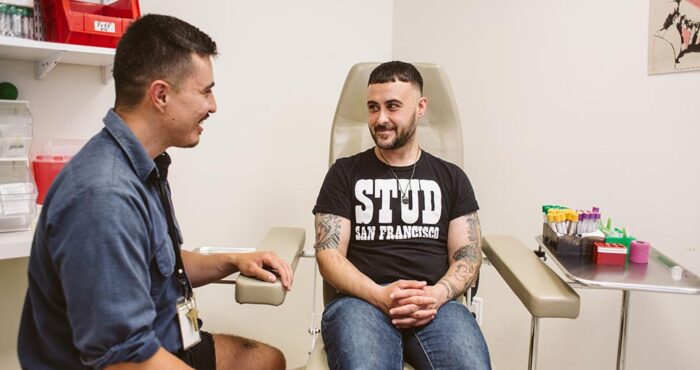Undetectable to viral rebound: When and why?

What happens after undetectable? Many people starting HIV treatment quickly suppress their viral load and become undetectable, sustaining viral suppression for as long as HIV treatment continues. But others experience viral rebound after becoming undetectable, with viral loads rising to detectable levels.
New research by Jason Craw and colleagues investigated how often viral rebound happens–and what factors correlate with viral rebound–in a large sample of U.S. adults living with HIV. Over a one-year period, the researchers found that about 1 in 13 people experienced viral rebound after becoming undetectable, with a variety of sociodemographic and social determinants of health associated with the likelihood of viral rebound.
Viral rebound, over 200 copies/mL, increases risk for drug resistance and virologic failure (when HIV medications stop working against HIV), and may cause longer-term health consequences.
A total of 6,767 individuals across the U.S. participating in the Medical Monitoring Project were included in the study, all who had achieved viral suppression and had two or more viral load tests completed during the year-long study period (June 2015 – May 2018).
The majority of individuals (92%) had sustained viral suppression during the study period, while a total of 543 individuals (8%) experienced viral rebound (at least one viral load test >200 copies/mL).
Neal Sheran, MD, an HIV care provider who is not affiliated with the current study, previously explained that most people who get to undetectable, stay undetectable. “When everything is going properly, when you’re on a regimen and you don’t have resistance, when you’re taking the medications the way you’re supposed to, if you’re taking medications with food if necessary, if you’re not taking any interacting medications, most people stay undetectable,” he said.
Individuals experiencing viral rebound were likely those most in need of additional support from health care providers, such as adherence counseling or case management to help improve medication adherence (which prevents viral rebound). Yet disparities related to race, homelessness and insurance status were apparent–all which likely affect access to health care and supportive services.
The following characteristics were associated with a higher likelihood of viral rebound:
- Being Black (non-Hispanic), compared to non-Hispanic white
- Being younger (age 18 – 29, or age 30 – 39 years), compared to being over age 50
- Having public health insurance, compared to private health insurance
- Experiencing homelessness, compared to being stably housed
- Missing HIV care appointments
- Not currently taking antiretroviral therapy (ART), or taking less than 100% of ART doses
Perhaps not surprisingly, missing HIV care appointments and missing ART doses were associated with viral rebound. People experiencing homelessness or unstable housing were also more likely to experience viral rebound, likely because unstable housing conditions can disrupt medication-taking routines and HIV care.
Disparities by race were persistent, even when other socioeconomic factors including education, poverty level, homelessness, incarceration and health insurance coverage were controlled for. Non-Hispanic Black individuals were 1.5 times as likely to experience viral rebound compared to non-Hispanic white individuals.
These disparities mirror other HIV disparities by race: Black and Latinx people account for a higher percentage of HIV diagnoses, and Black and Latinx people living with HIV are less likely than white individuals to reach virally suppression. These disparities–described by the Center for HIV Law & Policy as “profoundly disturbing”–are caused by inequities in access to and provision of health systems and care, stigma, and other factors.
Structural racism in health care plays a big role in determining health disparities by race, say Bailey Zinzi and colleagues in an article about structural racism and health inequities published in The Lancet.
“Many academics, policy makers, scientists, elected officials, and others responsible for defining and responding to the public discourse remain resistant to identify racism as a root cause of racial health inequities.” But, the authors argue, structural racism–especially its effects on health care quality and access–must be recognized and addressed to advance health equity and improve health across populations.
“Without a vision of health equity and the commitment to tackle structural racism, health inequities will persist,” they said.










